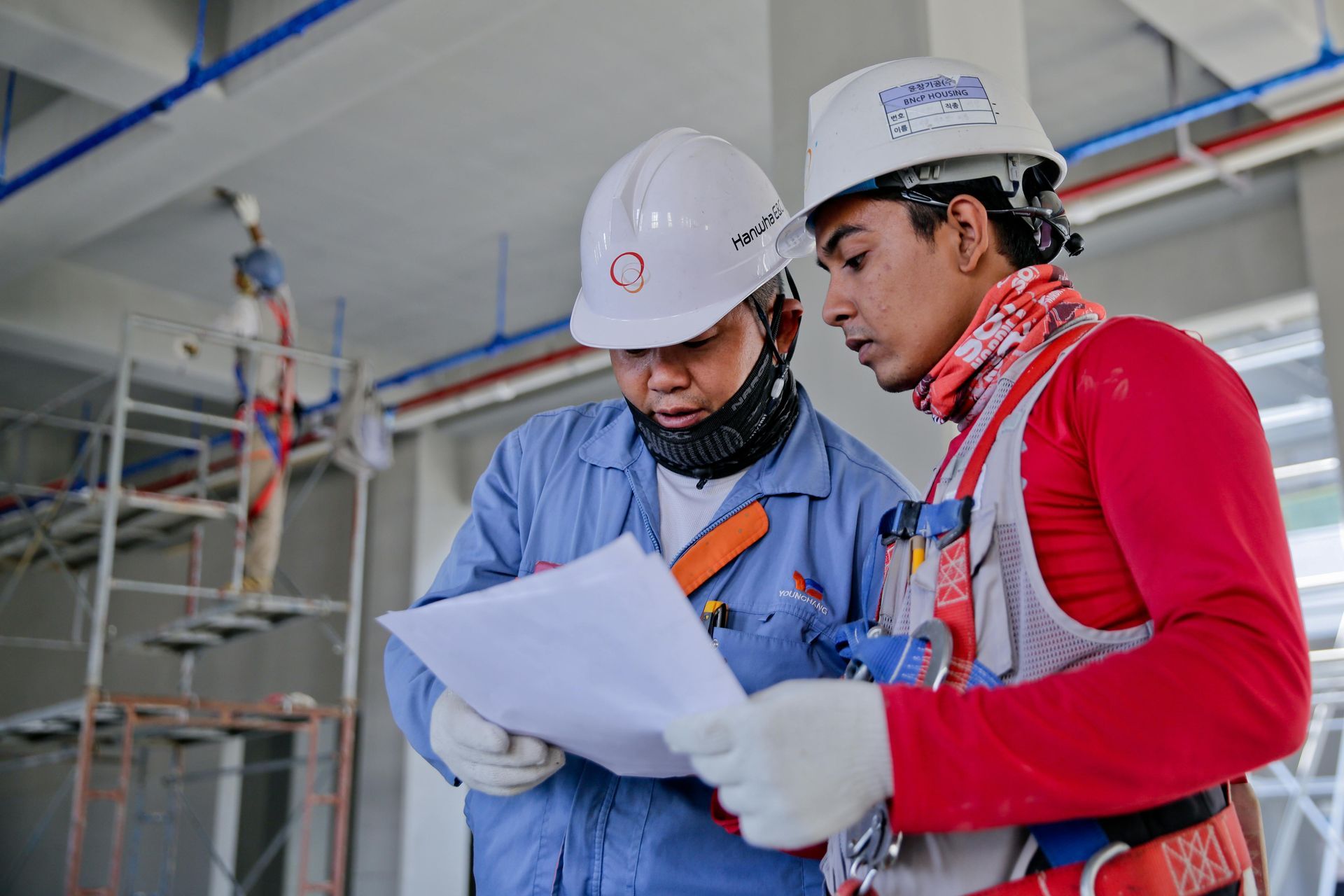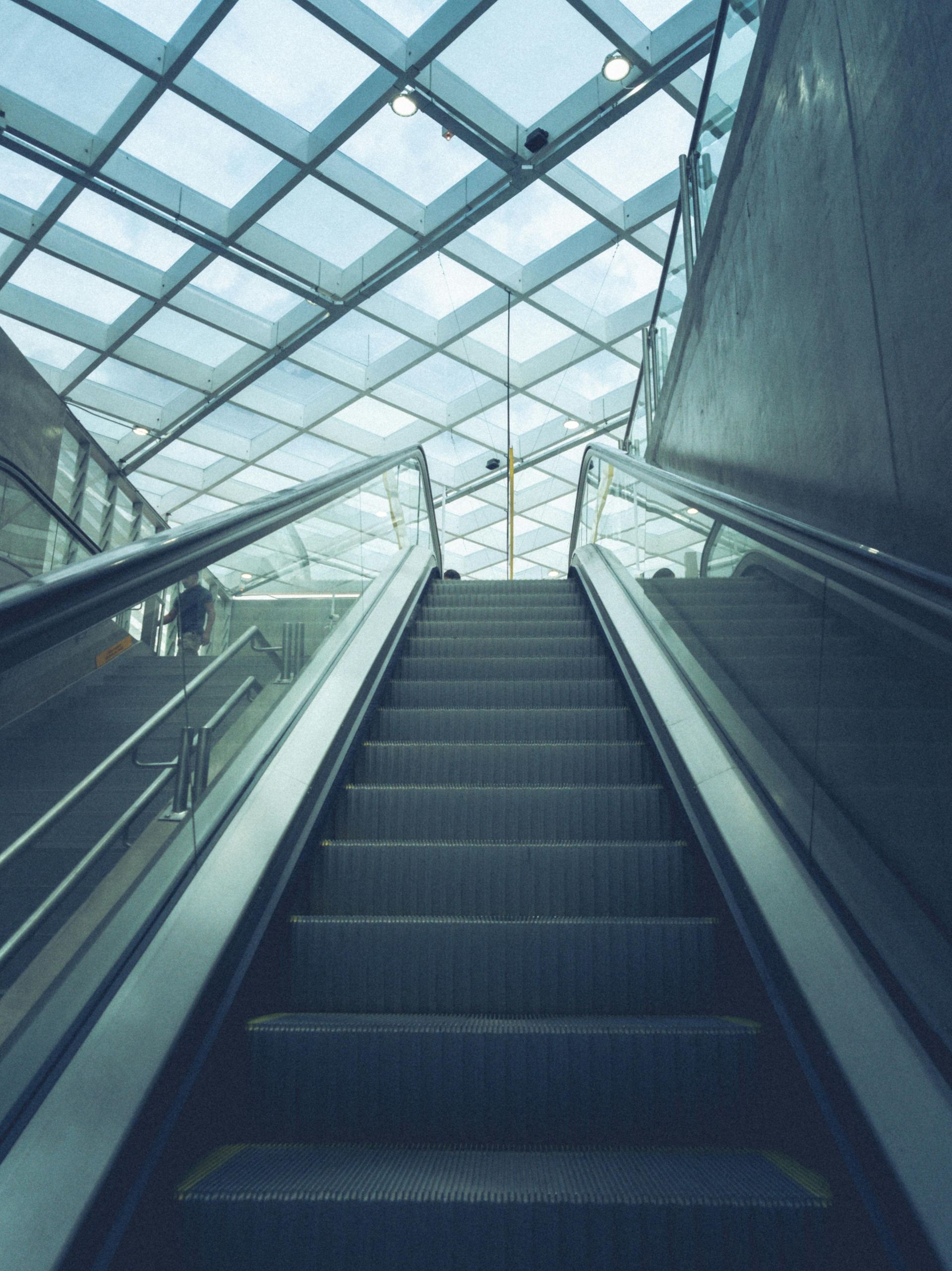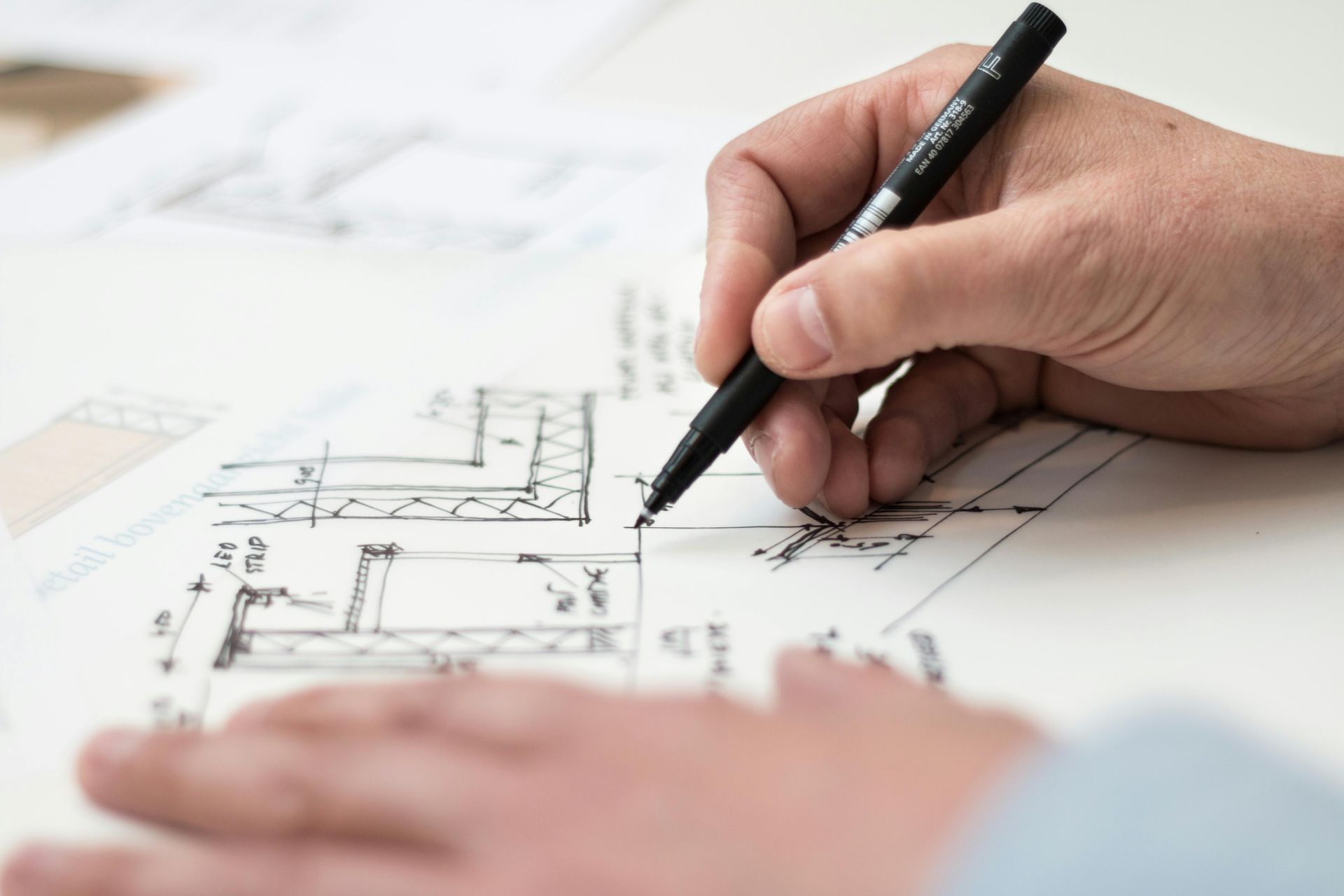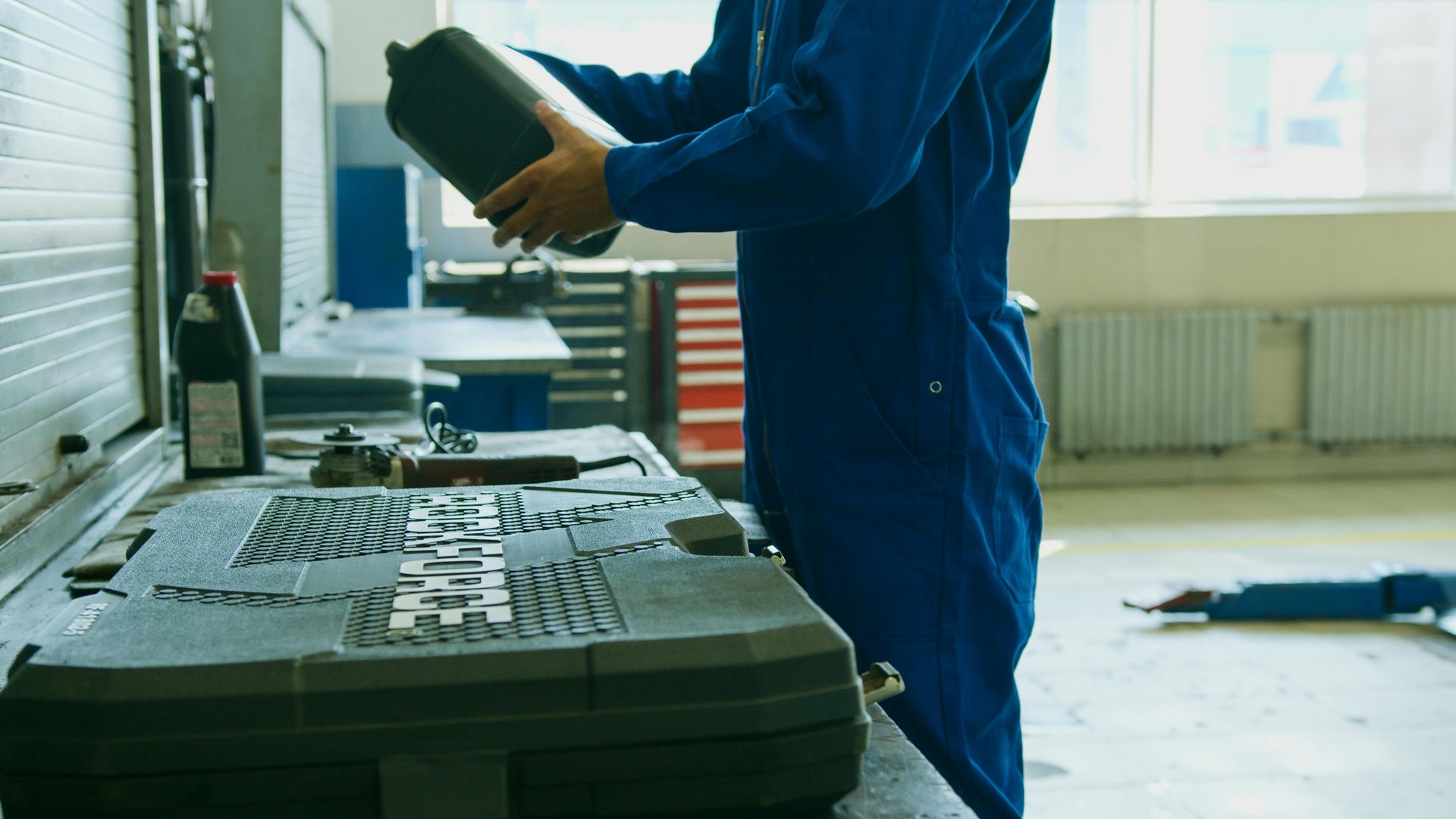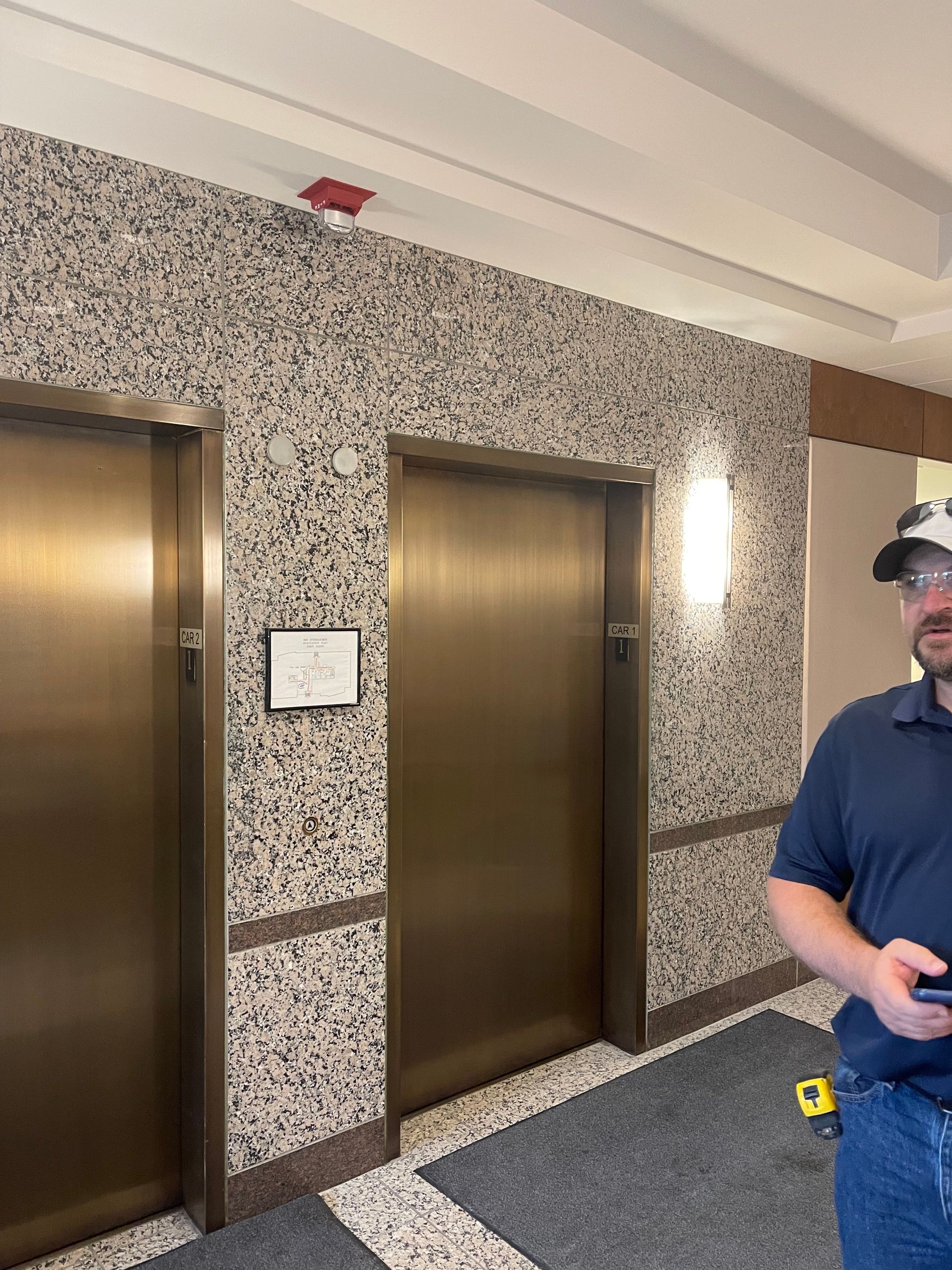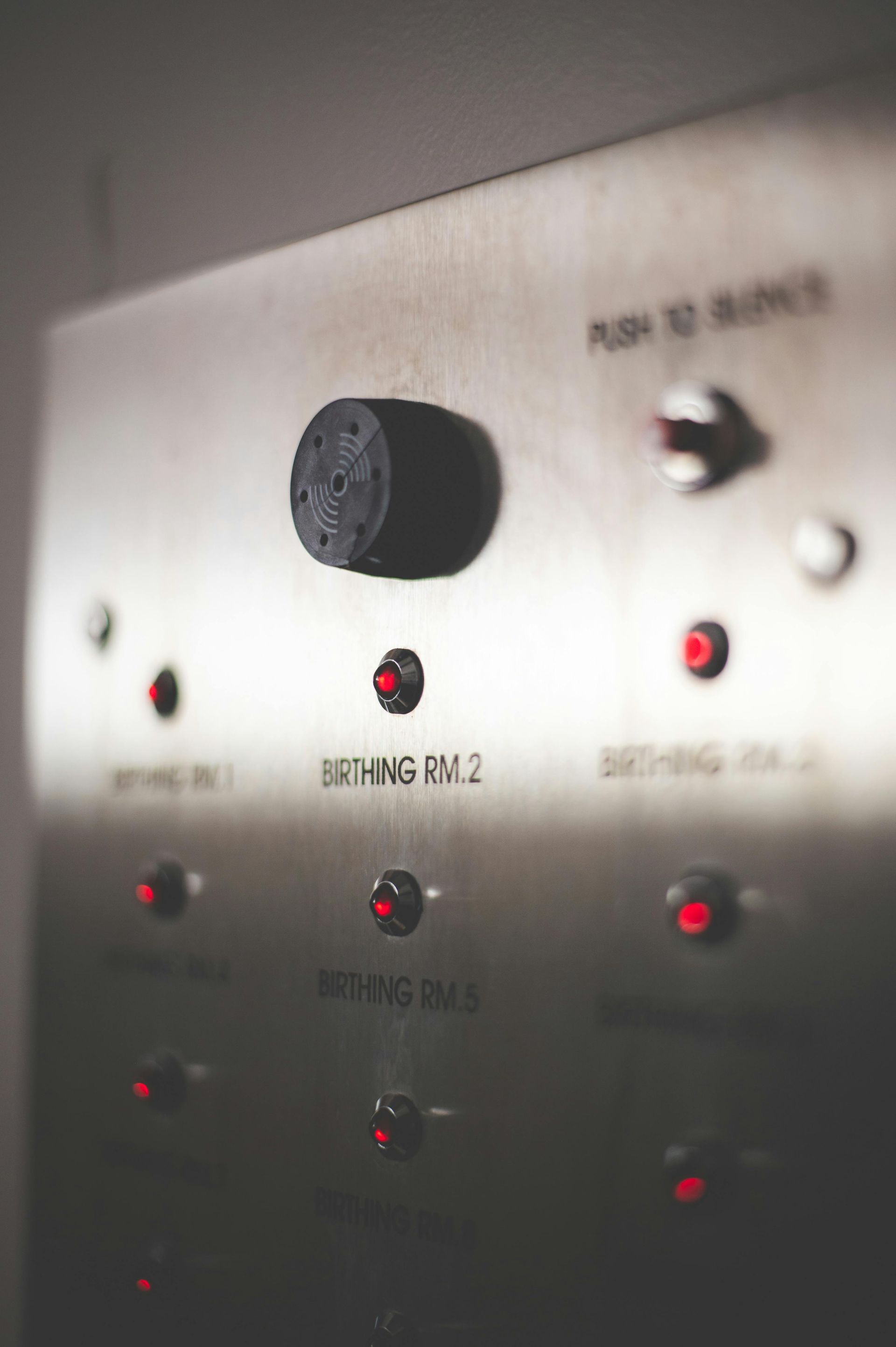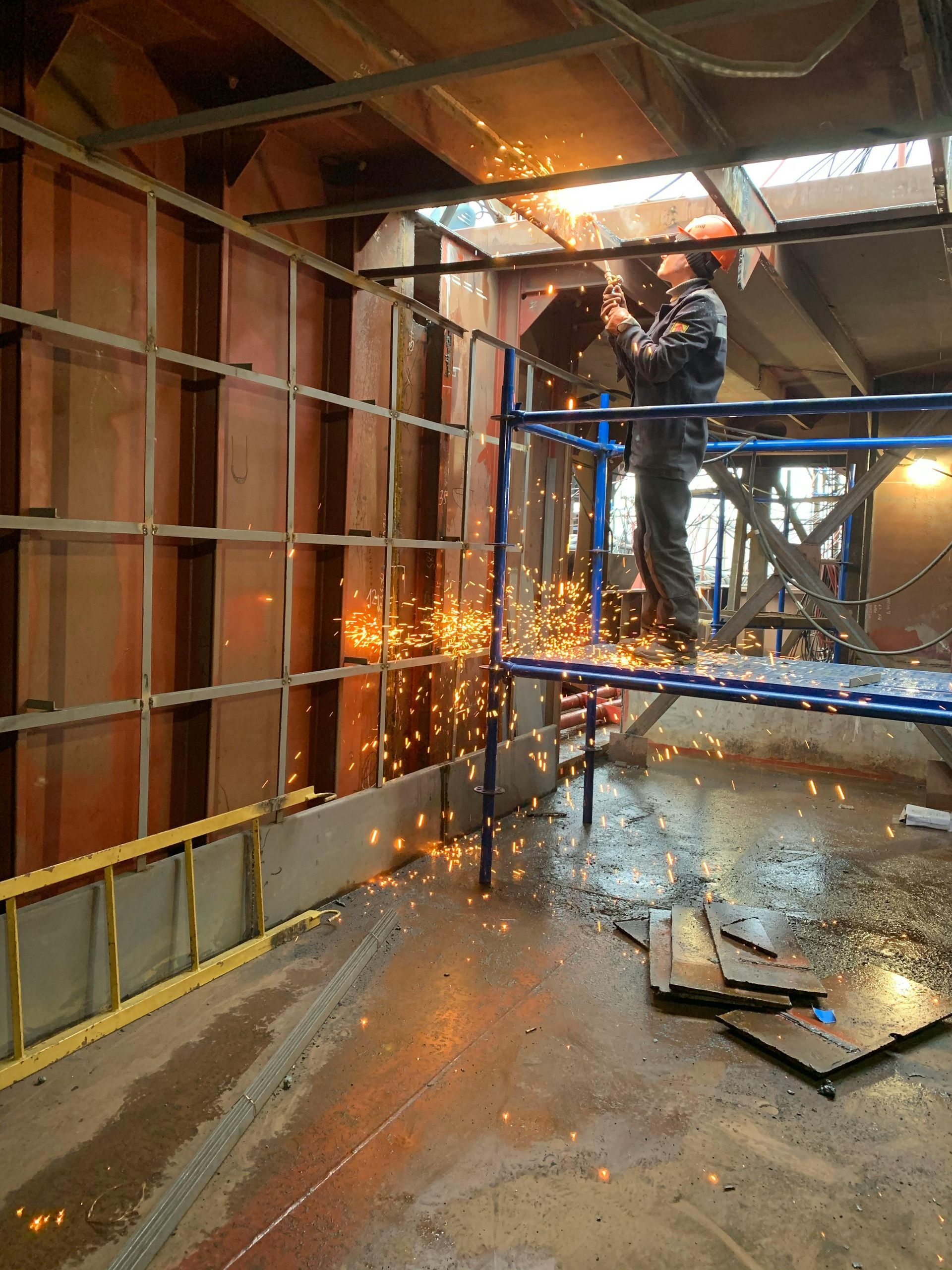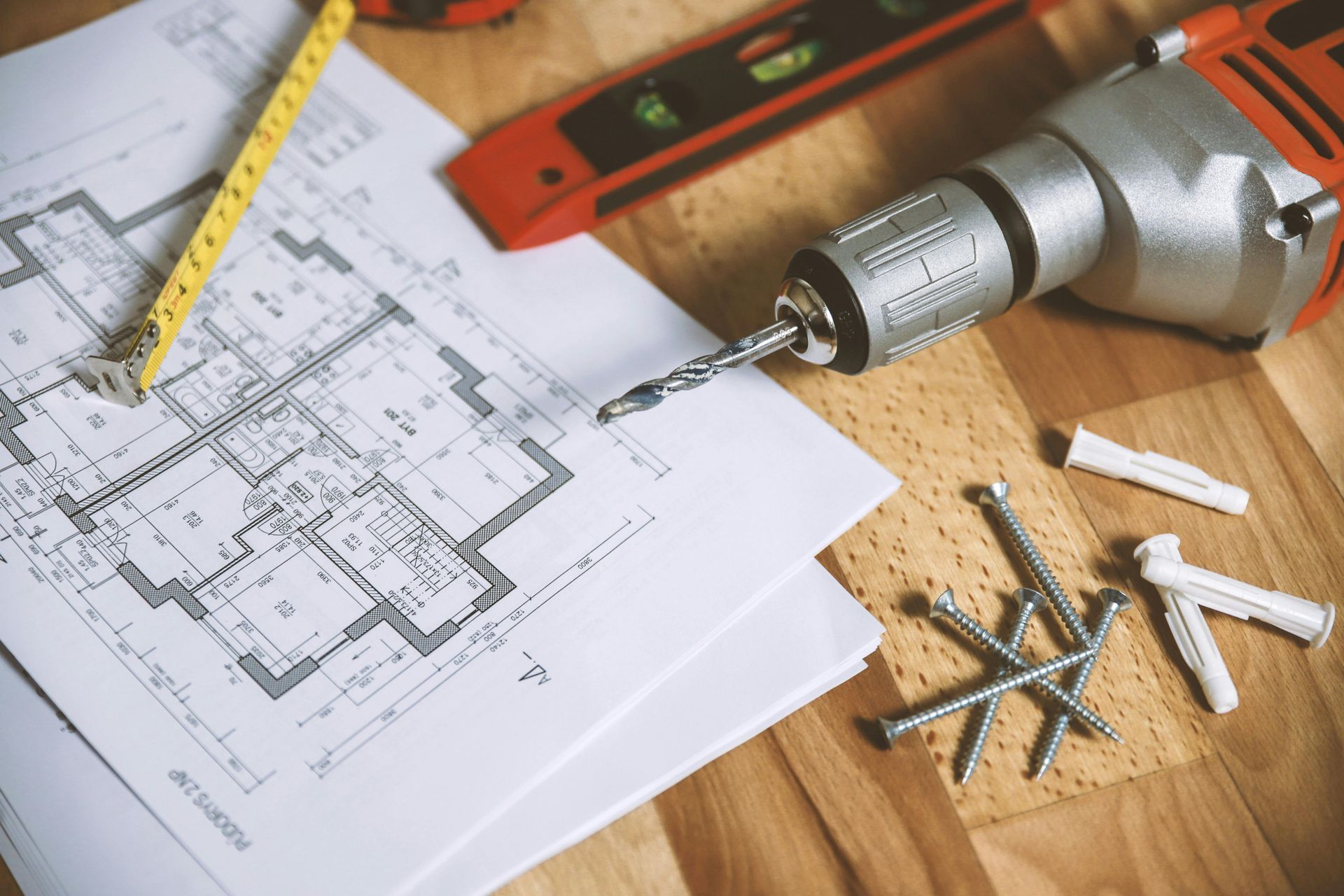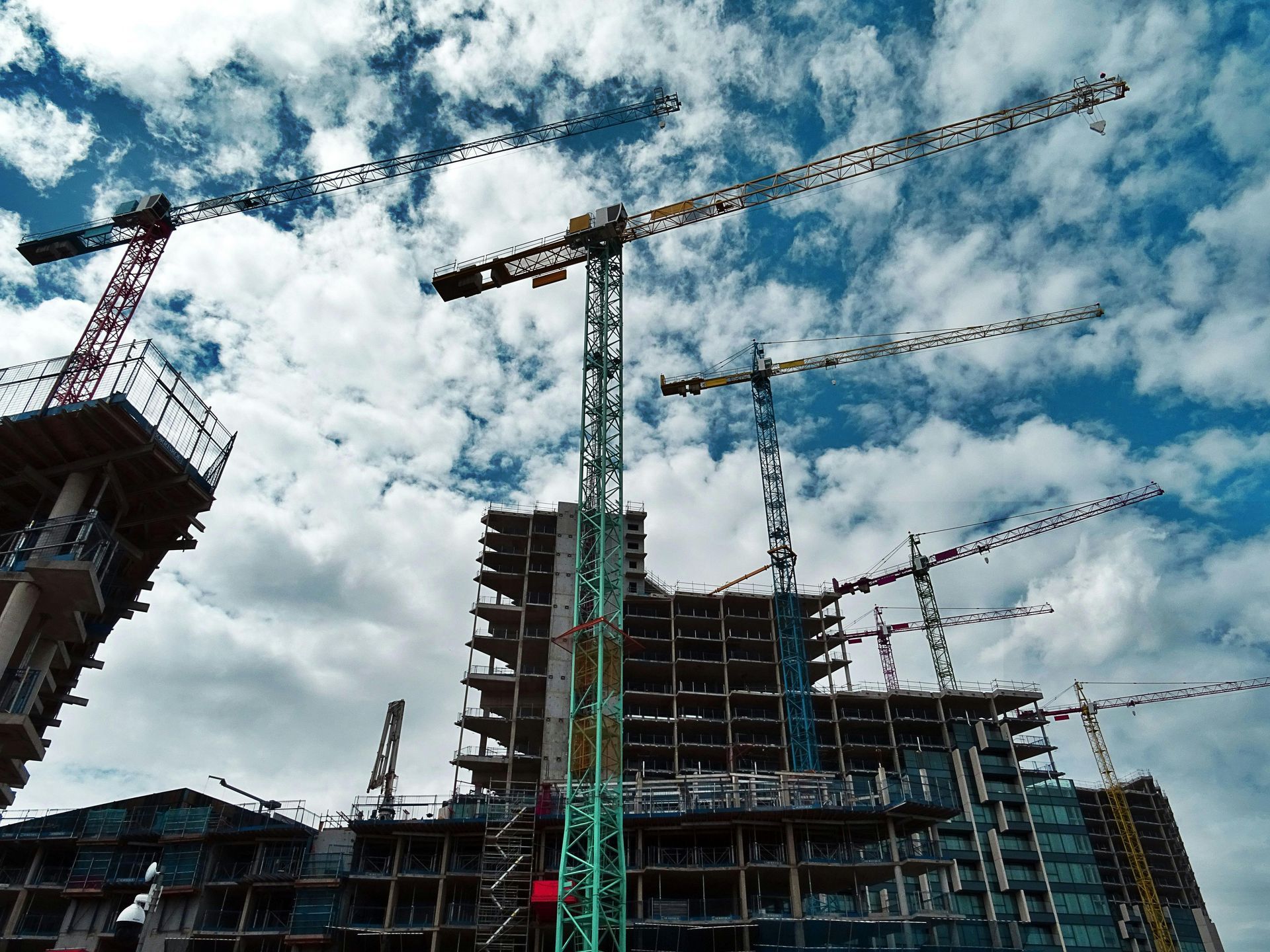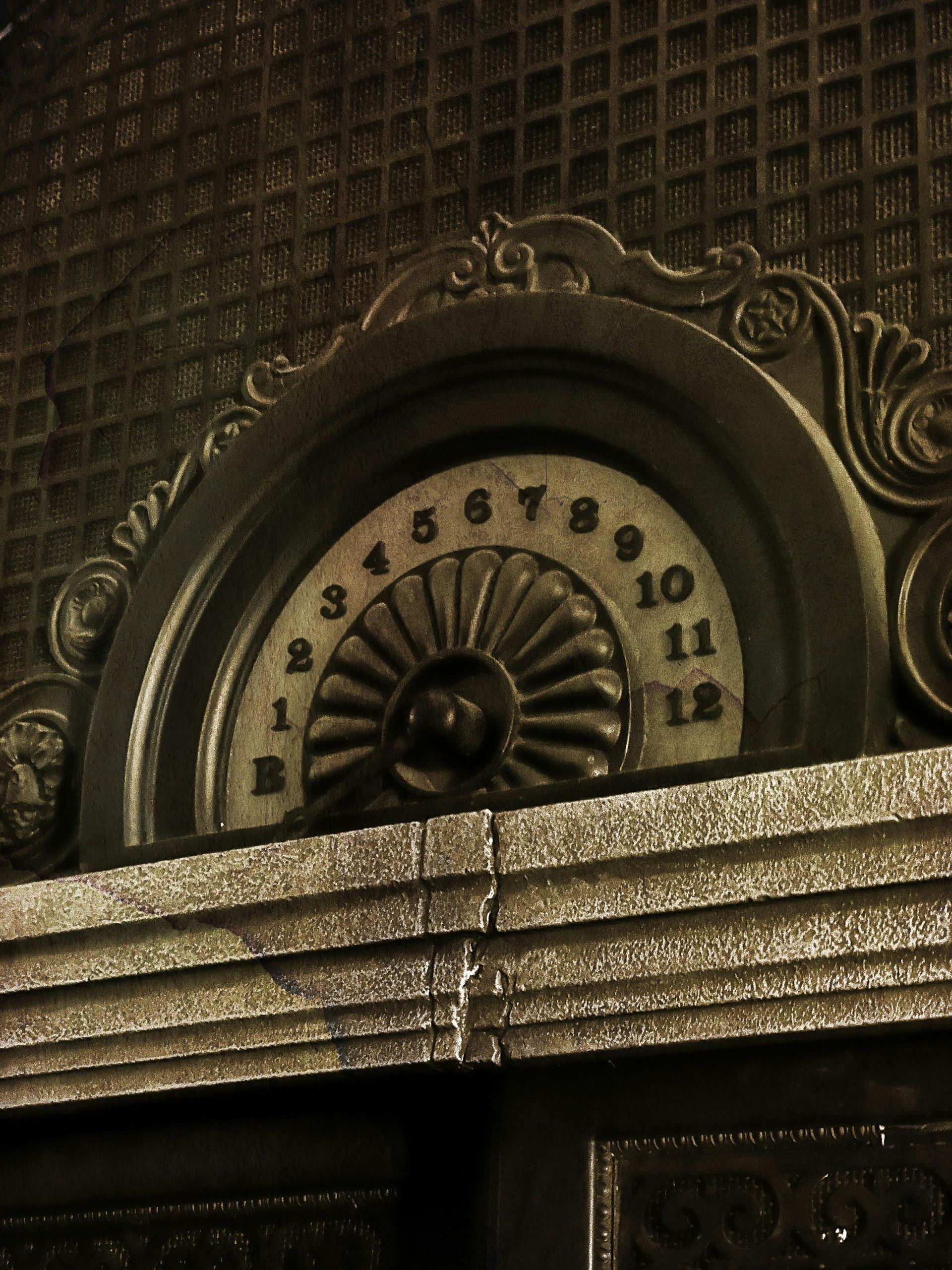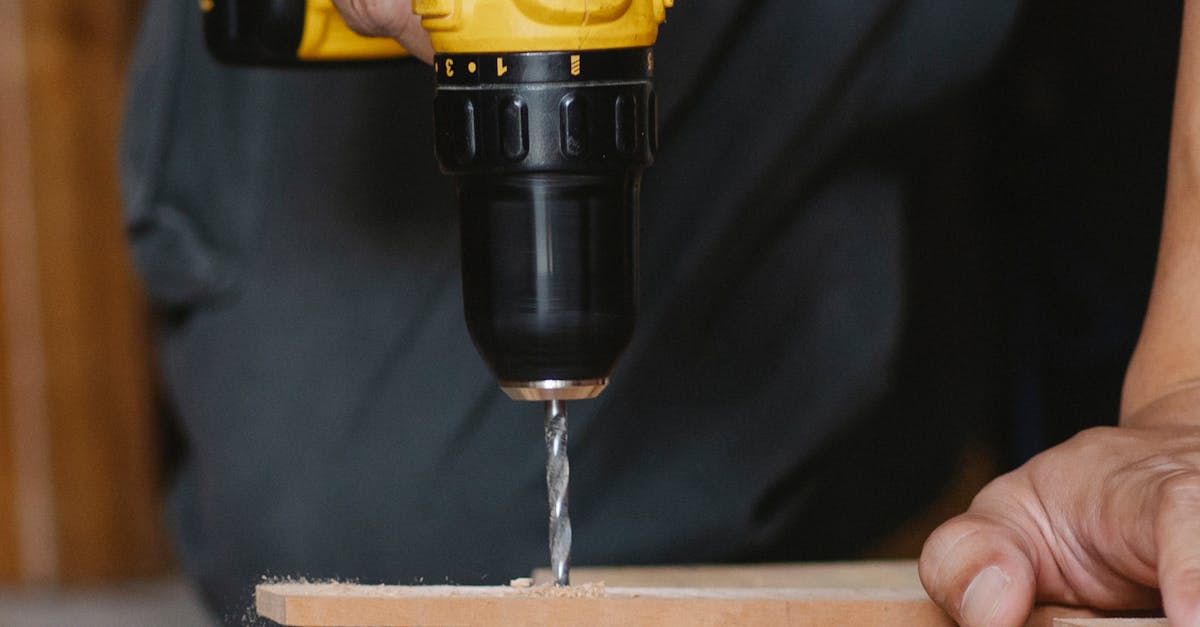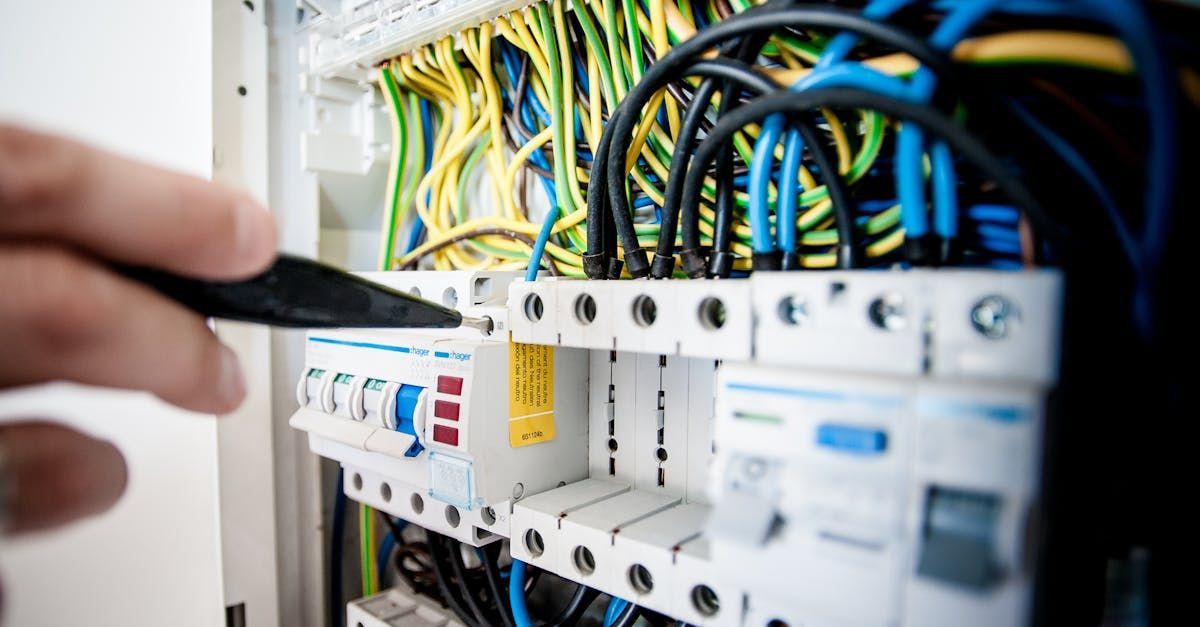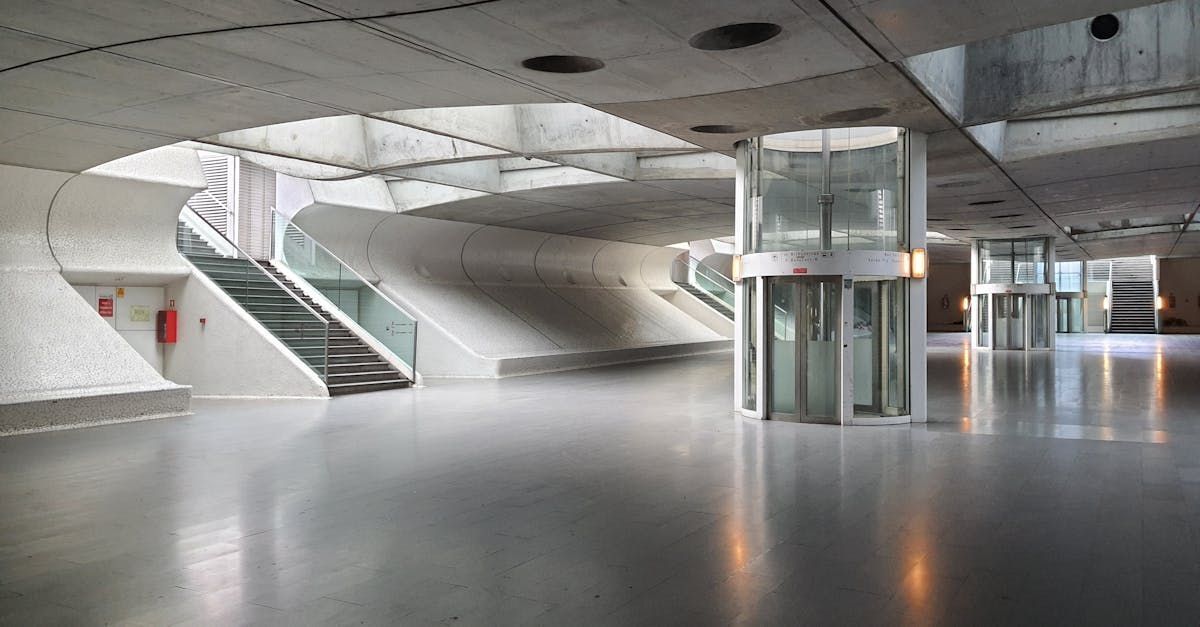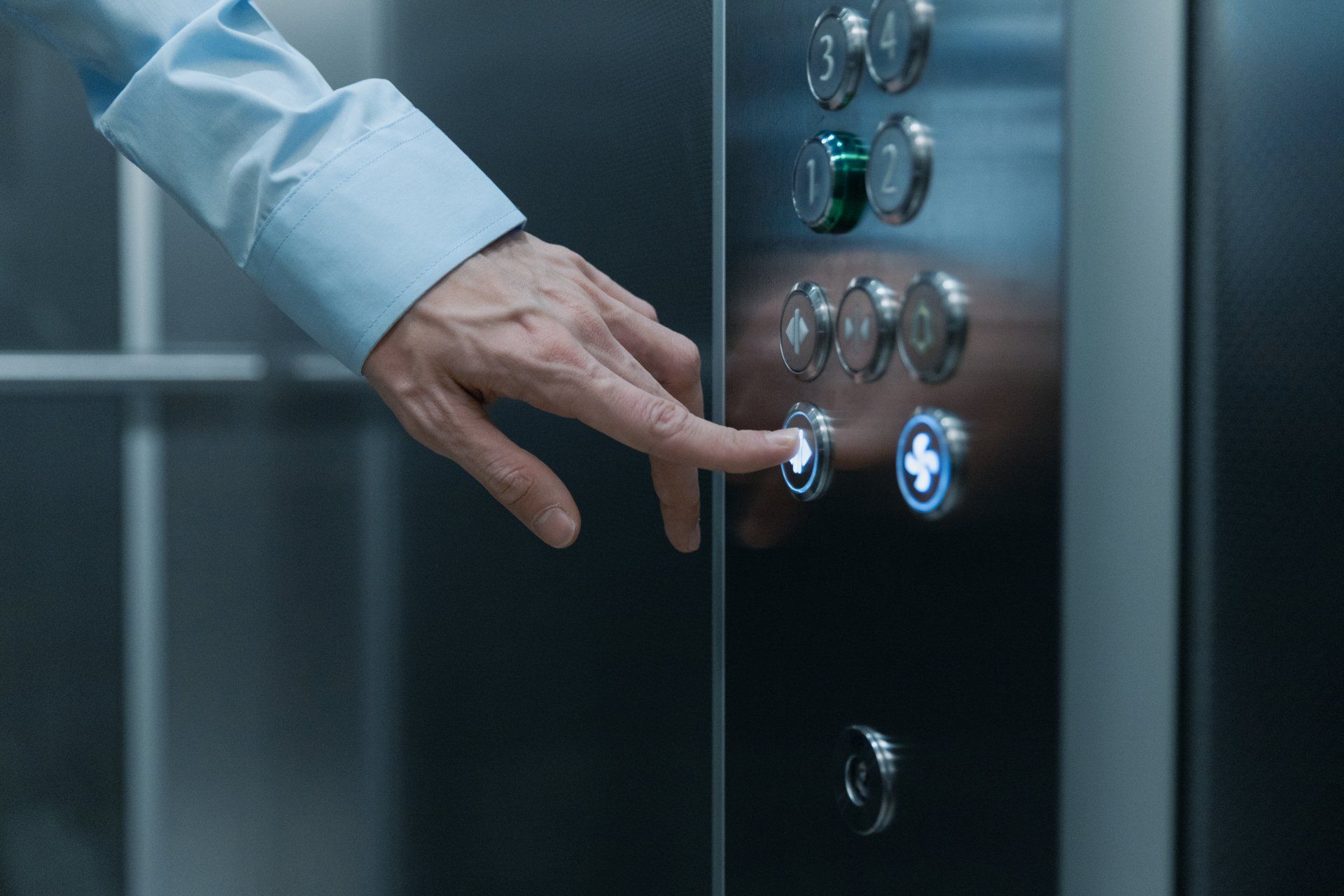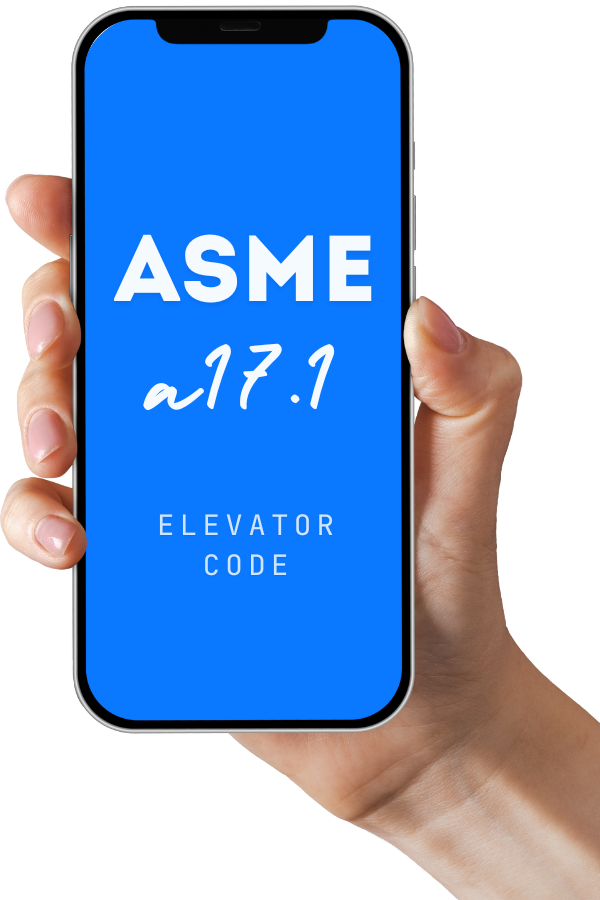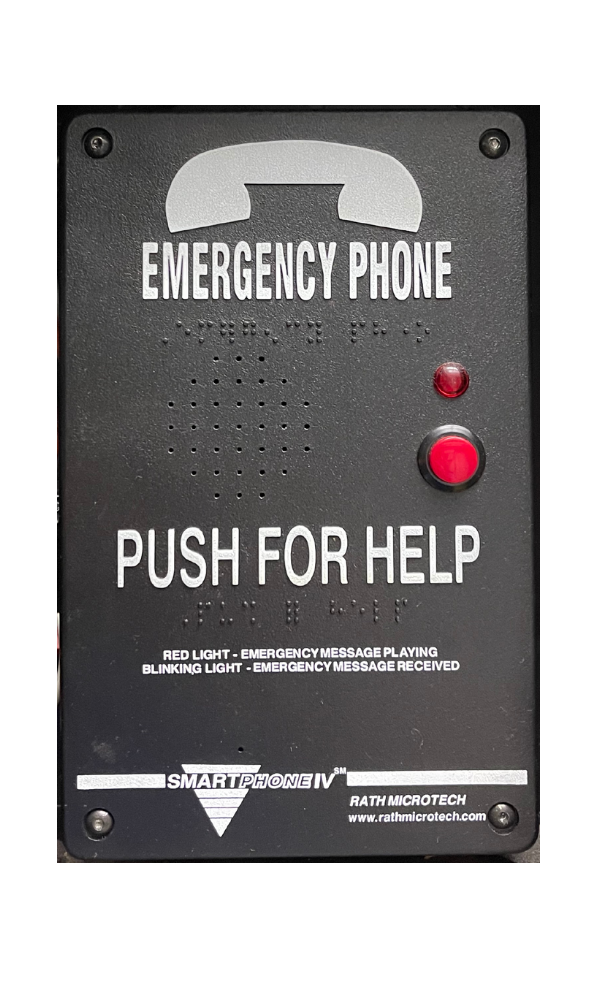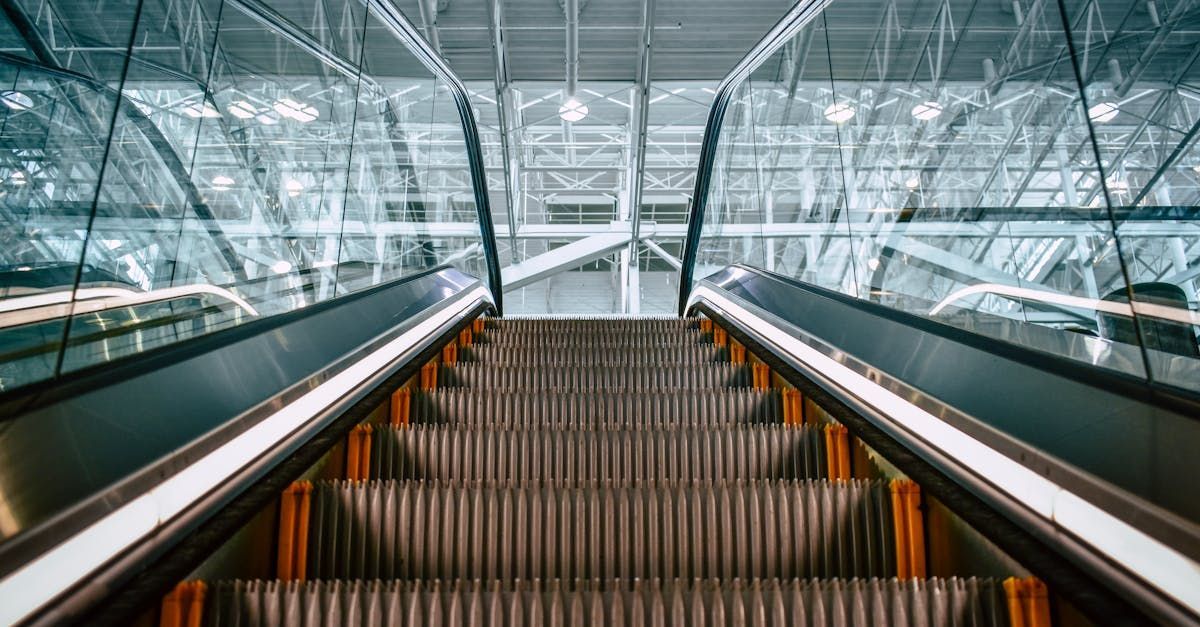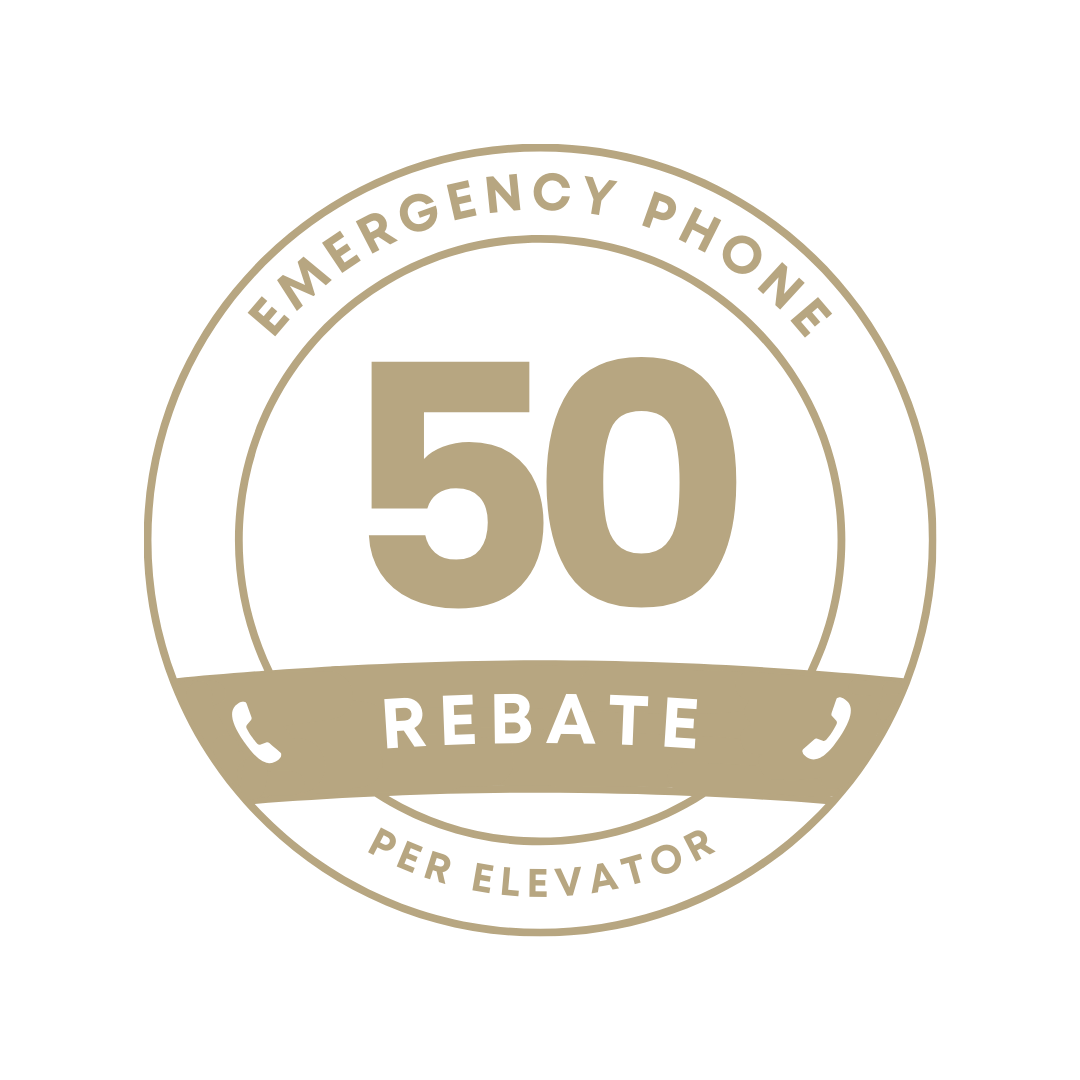ADA Elevator Requirements for Existing Buildings
Key Highlights
- ADA compliance is crucial for elevators in existing buildings to ensure equal access for people with disabilities.
- Key ADA elevator requirements include size and dimension specifications, door opening and closing mechanisms, and braille and audible signals.
- Retrofitting existing elevators to meet ADA standards may present challenges, but solutions are available to ensure accessibility.
- Understanding the importance of ADA compliance in elevators is essential for building owners to avoid legal issues and promote inclusivity.
- Case studies of successful ADA elevator retrofits provide insights and best practices for achieving compliance.
Introduction
In architectural design and construction, making sure everyone can access the spaces is very important. ADA compliance is key to creating environments that include everyone, especially in older buildings. This blog post looks at ADA elevator requirements. It highlights how important accessible design is in these buildings. When building owners understand and follow these requirements, they can create friendly and usable areas for all people.
Understanding ADA Compliance for Elevators
The Americans with Disabilities Act (ADA) is an important law for civil rights in the United States. Since it started in 1990, the ADA has required that people with disabilities have equal access to public spaces and businesses. One key area of the ADA is elevators.
The ADA standards for elevators in older buildings cover many features, such as size, technical details, signals, and how they work. The main goal is to make sure that people with disabilities can use elevators safely and on their own to reach different floors in a building.
The Importance of ADA in Public Accessibility
Public spaces need to be open to everyone, no matter their physical abilities. ADA regulations help people with disabilities have equal access to these areas. This creates a feeling of belonging in our communities. When we remove barriers and make adjustments, we build a fairer society for all.
Elevators are very important for making multi-level buildings and public places accessible. Stairs can be difficult for people with mobility issues. ADA-compliant elevators offer a safe and dependable option, letting everyone move around easily and take part in society.
Not following ADA regulations can lead to serious problems, like lawsuits and fines. More importantly, it conveys a message that ignores the rights of individuals with disabilities. By focusing on ADA compliance, we show that we are serious about making a place where everyone is valued and respected.
Key ADA Elevator Standards for Existing Buildings
ADA standards for elevators in existing buildings include different parts of elevator design, building, and use. These standards make sure that elevators can be used by people with disabilities, providing safe and easy transportation.
One important part is the size of the elevator car. ADA standards set minimum sizes for elevator cars to fit wheelchairs and other mobility devices. They also outline the widths of door openings, the heights of call buttons, and the layout of control panels to make sure everyone can use them.
ADA standards also cover important features like visual and sound signals. This includes braille and raised letters on control panels, sound announcements for floor levels, and visual signals for when doors open and close. These features help people with visual or hearing challenges use the elevator by themselves.
Navigating ADA Elevator Requirements
Understanding ADA elevator requirements can be tricky. Still, it's important to get the main parts right to follow the rules in current buildings. By focusing on size, dimensions, door parts, and other key aspects, owners can make their buildings friendly for everyone.
Following these standards helps with accessibility and improves the experience for all users. When we think about the needs of people with disabilities, we create better, friendlier spaces for everyone.
Size and Dimension Specifications
One of the most critical aspects of ADA compliance for elevators is meeting the required size and dimension specifications. These dimensions ensure that the elevator car is spacious enough to accommodate individuals using wheelchairs and other mobility aids comfortably.
ADA requirements mandate a minimum clear width of 36 inches for elevator doors and a minimum depth of 51 inches for the elevator car. However, for new passenger elevators the minimum width is 68 inches. For smaller car sizes, it's important to comply with turning radius requirements to ensure maneuverability within the car. Below are some basic, standard size and dimension specifications for ADA-compliant elevators:
Elevator Car Depth: 51 inches minimum
Elevator Car Width (New Passenger Elevators): 68 inches minimum
Door Opening Width: 36 inches minimum
Door Opening and Closing Mechanisms
ADA standards for elevator doors focus on giving enough time for people with disabilities to get in and out safely. These rules help to avoid accidents and make the ride easy for all passengers.
One important rule states that elevator doors must stay open for at least 3 seconds. This extra time helps passengers board and exit without feeling rushed. It is especially helpful for those using mobility devices or needing assistance.
ADA standards also require elevator doors to have a mechanism that can detect anything blocking the door. This feature increases safety by stopping the doors from closing on people or objects. It helps reduce the risk of injury.
Retrofitting Elevators for ADA Compliance
Retrofitting elevators in older buildings to follow ADA compliance is very important. This helps make these spaces more accessible and inclusive for everyone. It may be tough, but there are many ways to make elevators friendly for people with disabilities.
Building owners should check their elevator systems closely. They should talk to professional experts to know what changes are needed. By looking at things like car size, door systems, and control panels, these upgrades can greatly boost accessibility and enhance the experience for all users.
Challenges and Solutions in Older Buildings
Older buildings can create special challenges for ADA compliance. They might not have been built to be accessible. The ADA understands that changing older buildings can be expensive or even impossible. In these cases, "reasonable accommodations" should be made to improve access as much as possible.
For example, if there isn't enough room to install a full-size elevator, options like platform lifts or LULA elevators can be explored. These choices can be more affordable while still aiming to meet ADA requirements.
It's also key to know that ADA compliance is a process that keeps going. Building owners should actively look for barriers and work to fix them. Regular checks and advice from accessibility experts can help ensure that older buildings stay accessible and welcoming to everyone.
Case Studies: Successful ADA Elevator Retrofits
Looking at case studies of successful ADA elevator retrofits can give us helpful ideas and best practices. These real-life examples show how building owners solved problems and made their spaces more accessible.
One interesting case study is about an old building that got modern upgrades with an ADA-compliant elevator system. This project included adding a new elevator shaft, making the elevator car bigger, and updating the control panels to fit accessibility rules. The outcome was a nice mix of keeping the historical look and adding modern accessibility features.
Another study shows how using platform lifts can be a smart and affordable way to improve access in older buildings with small spaces. By installing platform lifts, people could reach areas that were hard to get to before, like raised stages or mezzanines. This change helped individuals with disabilities take part fully in activities in the building.
ADA Elevator Operation and User Interface
ADA compliance goes beyond how elevators look. It also includes how they work and how users interact with them. This is important so that people with disabilities can use the elevator by themselves and with ease.
Key points to think about are the location and design of call buttons, control panels, and alarms that can be seen and heard. These parts are important for making the elevator easy to use for everyone.
Braille and Audible Signals Requirements
The ADA standards require elevators to have braille and sound signals. These help people who can't see or hear. They give important information about where the elevator is, which way it moves, and what floor it’s on. This way, people can use the elevator by themselves.
First, all buttons in the elevator, like the call buttons for floors, door open and close buttons, and emergency buttons, must have braille markings nearby. This allows people who can’t see well to find and use the buttons easily.
Second, elevators need sound signals for different events. This includes sounds for arriving at a floor, the doors opening and closing, and any emergency messages. These sounds alert people with visual impairments about what is happening in the elevator.
Emergency Communication Features
ADA standards for emergency communication in elevators are very important for the safety of all passengers. This is especially true for people with disabilities. These standards need elevators to have reliable two-way communication systems. This helps provide support during emergencies.
Public places must make sure their elevators have a working two-way emergency communication system. This system should connect directly to a central monitoring point or emergency workers. It must be easy to find and use for all passengers, including those with hearing or vision issues.
In addition, the ADA requires that emergency instructions are given in both visual and tactile forms inside the elevator. These instructions must be easy to see and access for people with disabilities. It is important that everyone understands how to get help in an emergency.
Conclusion
Ensuring that elevators in older buildings meet ADA standards is very important for making them accessible to everyone. By knowing the main ADA requirements, like the size and how the doors work, updating old elevators becomes easier. Features like Braille and sound signals can improve the user experience. This helps make it safe and convenient for all users. There are many successful examples of retrofitting elevators that show how to meet ADA standards well. By focusing on ADA elevator standards, we can make spaces that are friendly for everyone. If you need help understanding ADA compliance for elevators, check out our resources and FAQs for more information.
Frequently Asked Questions
What is the minimum elevator size to be ADA compliant?
The ADA requirements say that a new passenger elevator car must be at least 68 inches wide. If the elevator car is smaller, it needs to be 51 inches deep. You should also think about the turning radius needed inside the elevator car.
Can an existing building be grandfathered out of ADA elevator requirements?
The ADA does not have a grandfather clause. This means that old buildings do not always have to follow every new rule. Instead, ADA regulations focus on "reasonable accommodations" for making places accessible. They take into account the cost and what is possible for older buildings.

